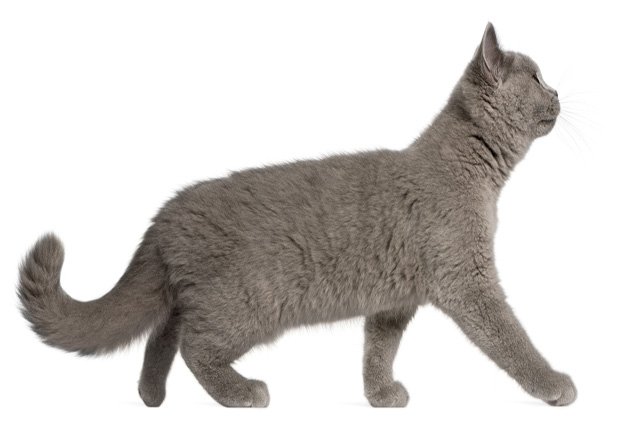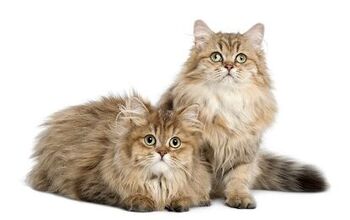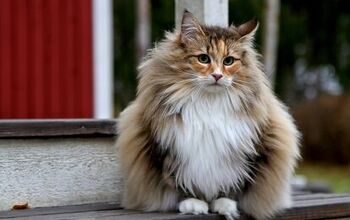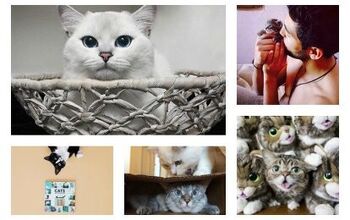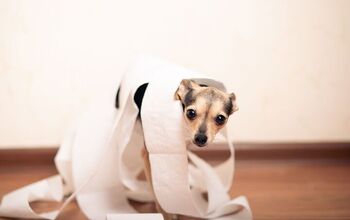British Shorthair


About British Shorthair
The oldest of all British cat breeds, the Shorthair traces its lineage back to Roman domestic cats. The ancestors of the British Shorthair were initially prized for their skill as hunters. Big and strong, they were more than a match for any rat or mouse, and thus earned their keep living in proximity to humans. Once a street cat, the British Shorthair is now highly prized as a companion and beloved for its beauty and engaging, loyal personality. The British Shorthair became an officially recognized breed in 1889, principally due to the work of enthusiast Harrison Weir. The first British Shorthair to earn a Grand Champion title under the rules of the Governing Council of the Cat Fancy was a blue male named Brynbuboo Little Monarch. Today, virtually all British Shorthairs trace their lineage back to this one cat.
The British Shorthair is an adaptable and calm breed.
The British Shorthair is an adaptable and calm breed. They learn quickly, and get along well with all members of the household, although they do tend to bond more deeply with the human of their choice. They don’t like to be carried, but other than that the British Shorthair is an easy going cat that doesn’t have much to say. Somewhat rowdy as kittens, they grow out of their boisterous phase to become excellent companions and members of the family. The British Shorthair is not especially vocal, nor are they bad to wander away. They can be left alone without suffering from either separation anxiety or loneliness.
Often described as having a “teddy bear” appearance, the British Shorthair is a sturdy cat with a large head and big, round, inquisitive eyes. The breed is slow to mature, not reaching full size until at least three years of age. They are big cats, with males reaching as much as 17 pounds. Powerful and well balanced, the Shorthair is broad of chest and short of leg with rounded paws and a tail that narrows to a rounded tip from a thick base. Small ears top a sizeable head made to appear even wider thanks to the cat’s full cheeks.
The British Shorthair comes in many patterns and colors. The blue variant has been widely popular, but in recent years the black, white, red, cream, chocolate, lilac, and cinnamon variations have grown in prevalence. The cats can be all one color, or they can be colorpoints, tabbies, and bicolors.
The coat of the British Shorthair can be compared to a carpet with a deep pile. They have more hairs per square inch in their coats than any other breed. Surprisingly, this luxurious coat requires very little care beyond brushing or combing with a wire toothed comb to remove dead and loose hairs. This should be done on a weekly basis to minimize shedding.
Photo credit: Eric Isselee/Shutterstock

Amy Tokic, Editor of PetGuide.com, is a passionate animal lover and proud pet parent of Oscar, a Shih Tzu/Chihuahua cross, and Zed, a Japanese Chin. Her love of animals began in kindergarten, when she brought her stuffed dog Snoopy into class with her every day. Now, she writes about her adventures in pet ownership and tirelessly researches products, news and health related issues she can share with other animal enthusiasts. In her free time, Amy loves perusing used book and record stores, obsessing over the latest pet products available and chasing squirrels with wild abandon (a habit attributed to spending too much time with her pooches).
More by Amy Tokic



